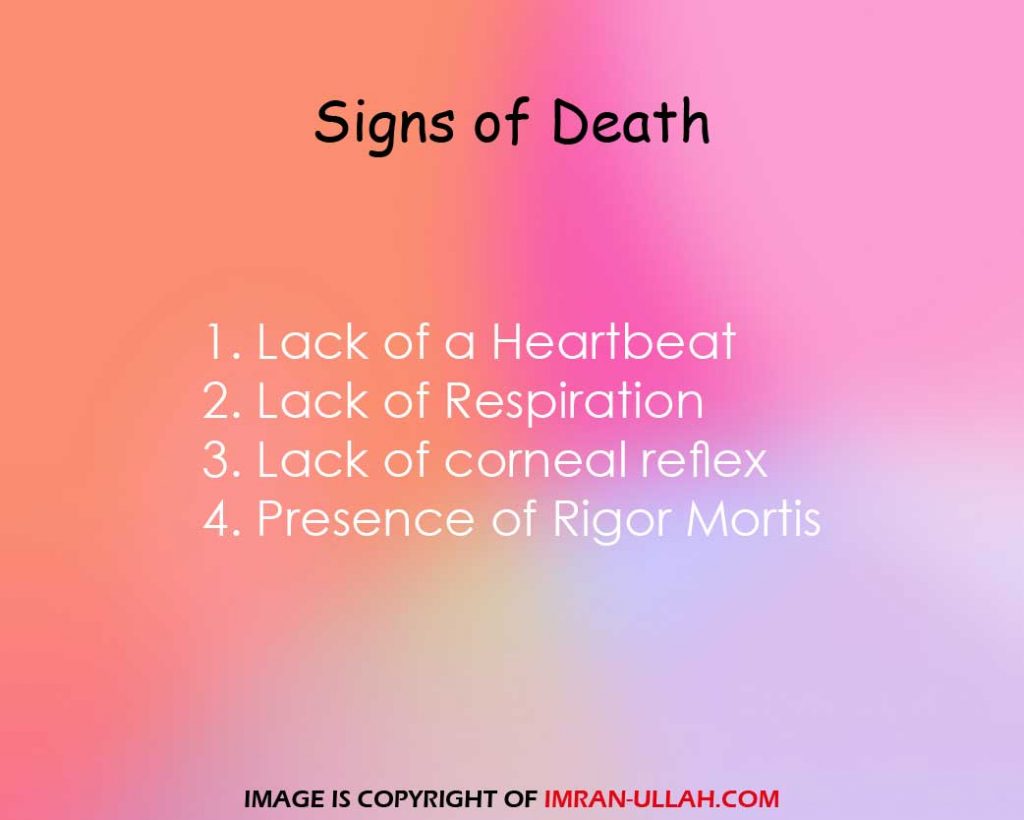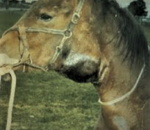When an animal is unable to accommodate itself to the changing conditions of its living, or its adaption mechanisms become exhausted, the further vital activity becomes impossible. The terminal outcome in such conditions becomes evident as death. Death is usually due to cardiac arrest (heart failure) or respiratory arrest (respiratory failure).
Death and its different types are listed below:
- Apparent death: Vital functions are feebly maintained and thus not apparent.
- Intra uterine death: Death of a foetus while still in the uterus.
- Local death: Death of a body part only.
- Neonatal death: Death of newly born animals.
- Somatic death: Death of the whole body of animals.
- Molecular death: Death of tissues. This may occur later than somatic death.
Clinical death is characterized by the deepest depression of the activity of the central nervous system. The metabolic processes are extremely disturbed, the energy reserves become depleted, but the changes in the tissues remain reversible for -6 minutes. After that, there is the appearance of irreversible changes in the tissues, which first occurs in higher parts of the nervous system, and thereby a state of biological or true death sets in.
To restore the vital function of dying animals, the heart should be massaged, artificial respiration should be provided and adrenalin is to be injected directly into the heart.
Signs of animal death
- Lack of respiration
- Fall of body emperature
- Dilation of pupil and fixation of eye ball (lack of corneal reflex).
- Lack of response to external stimuli.
- Stoped blood circulation
- Rigor mortis (body muscles stiffness)

Before disposing of the dead animals, it is mandatory to evaluate consciousness or confirm death. All signs of death should be checked very carefully before the final confirmation of death. Try to determine heartbeat with a stethoscope and observe the movement of the chest as it indicates respiration. Similarly, check the corneal reflex after touching the eyeball surface. During unconsciousness conditions, respiration and pulse detection are very difficult as they are very erratic or absent. The absence of respiration, heartbeat, and corneal reflex for more than 5 minutes should be used to confirm death.


